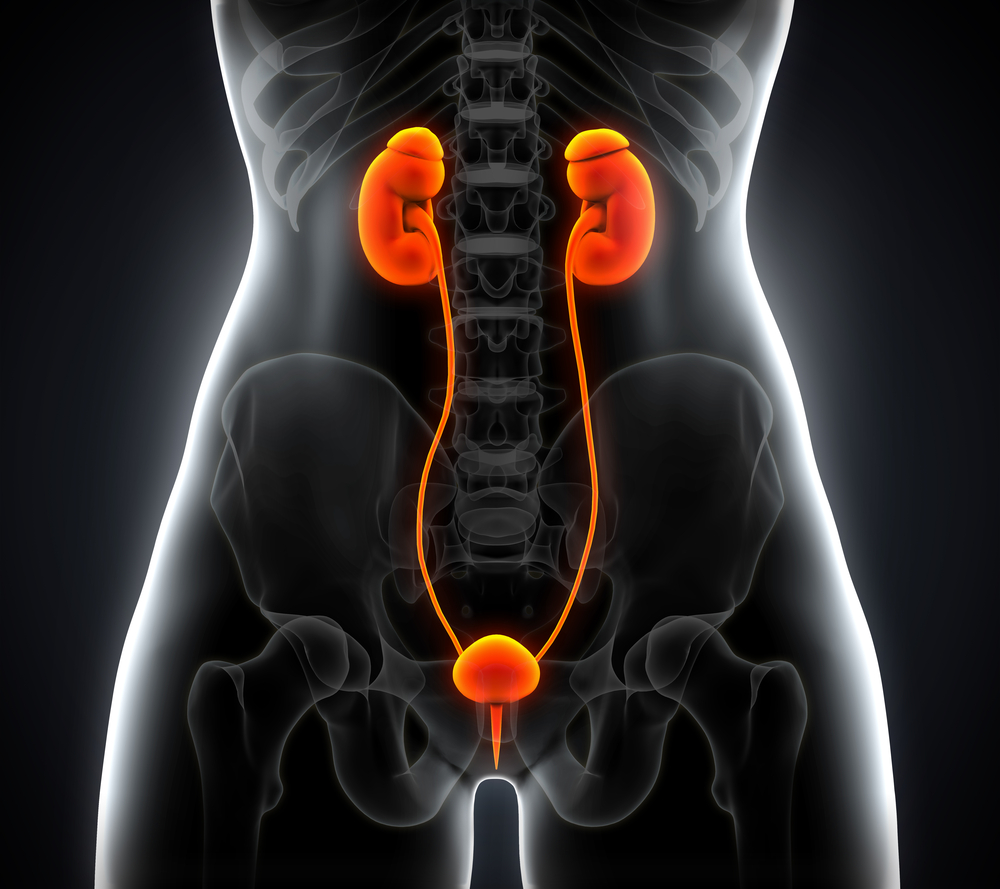Sulforaphane, a natural compound found in broccoli and other vegetables, alleviates pain, lessens inflammation, and reduces lesion growth in a rat model of sciatic endometriosis, an early study has found.
The researchers argue that these findings, though preliminary, warrant future investigations into the compound as a potential treatment for endometriosis impacting the sciatic nerves.
The study, “Anti-nociceptive and anti-inflammatory effects of sulforaphane on sciatic endometriosis in a rat model,” was published in the journal Neuroscience Letters.
A common gynecological disease, endometriosis occurs when the endometrium — the tissue that normally lines the inside of the uterus — starts growing elsewhere in the body. Endometriosis of the sciatic nerve is a rare form of the disease in which these tissues start growing around the sciatic nerve, at the upper part of the hip bone.
The sciatic nerve is a very long nerve that begins in the lower back and runs down each leg. Endometrial tissue can put pressure on the sciatic nerve, causing lower back pain that radiates to the leg. It also can damage the nerve through local inflammation. The researchers noted that little has been done thus far to relieve the effects of this condition.
“While inflammation and chronic pain are two major symptoms of sciatic nerve endometriosis, current treatments have yet to efficiently attenuate these symptoms,” the investigators said.
Moreover, medications typically prescribed for these symptoms, such as non-steroidal anti-inflammatory medicines, opioids, and hormone drugs, have “considerable side effects,” limiting their use.
Sulforaphane is a compound naturally found in certain vegetables of the genus Brassica — specifically broccoli, cabbages, and Brussels sprouts, among others — that is under investigation for its potential anti-diabetic, anti-inflammatory, antimicrobial, and pain-relieving properties.
Now, researchers at Shandong University and Liaocheng People’s Hospital, in China, set out to investigate the anti-inflammatory and pain-relief potential of sulforaphane for treating sciatic nerve endometriosis in a rat model of the disease.
The rats were treated with different doses of sulforaphane (5, 15, 30, and 60 mg/kg/day), which was given by daily injections in the animals’ abdomens for 28 days.
Pain perception tests showed that sulforaphane significantly alleviated the pain caused by sciatic endometriosis in these rats.
After comparing the volume of endometrial tissue lesions in animals that had, and had not been treated with sulforaphane, the researchers found that the treatment significantly reduced the growth of lesions.
Treatment with sulforaphane also reduced blood and tissue levels of VEGF — a potent growth factor involved in blood vessel formation that has been implicated in the development of endometriosis.
The researchers also found the compound lowered the levels of inflammatory markers (IL6, IL-1-beta, and TNF-alpha) and inflammation mediators (COX2 and iNOS) on nerve tissues connected to the sciatic nerve. These tissues are responsible for transmitting sensations, including pain, to the brain (dorsal horn tissues).
“Inflammation is one of the most important factors driving sciatic endometriosis,” the researchers said.
Their findings “indicated that sulforaphane is capable of suppressing inflammation in endometriosis rats.”
The team attempted to decipher sulforaphane’s mechanism of action by analyzing the Keap1-Nrf2 signaling cascade — an antioxidant pathway crucial for protecting cells against toxic unstable molecules called reactive oxygen species. A build up in the cells of these reactive oxygen species, also known as free radicals, may cause damage to DNA, RNA, and proteins, and can cause cell death.
Sulforaphane activated and restored the levels of both Keap1 and Nrf2 to a normal range in nerve tissues, the researchers found. This suggests that Keap1 and Nrf2 mediate sulforaphane’s beneficial anti-inflammatory effects in sciatic endometriosis.
“We have showed that sulforaphane successfully alleviated pain and inflammation, reducing lesion size,” the team said. Such effects seem to be mediated by blocking the inflammation and activation of Keap1-Nrf2 signaling, they added.
The use of dietary compounds, such as sulforaphane, for easing pain and inflammation “is highly desirable,” the researchers concluded.
“Our study supports further development of sulforaphane as a drug to treat sciatic nerve endometriosis without considerable side effects,” they said.

